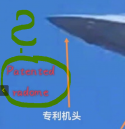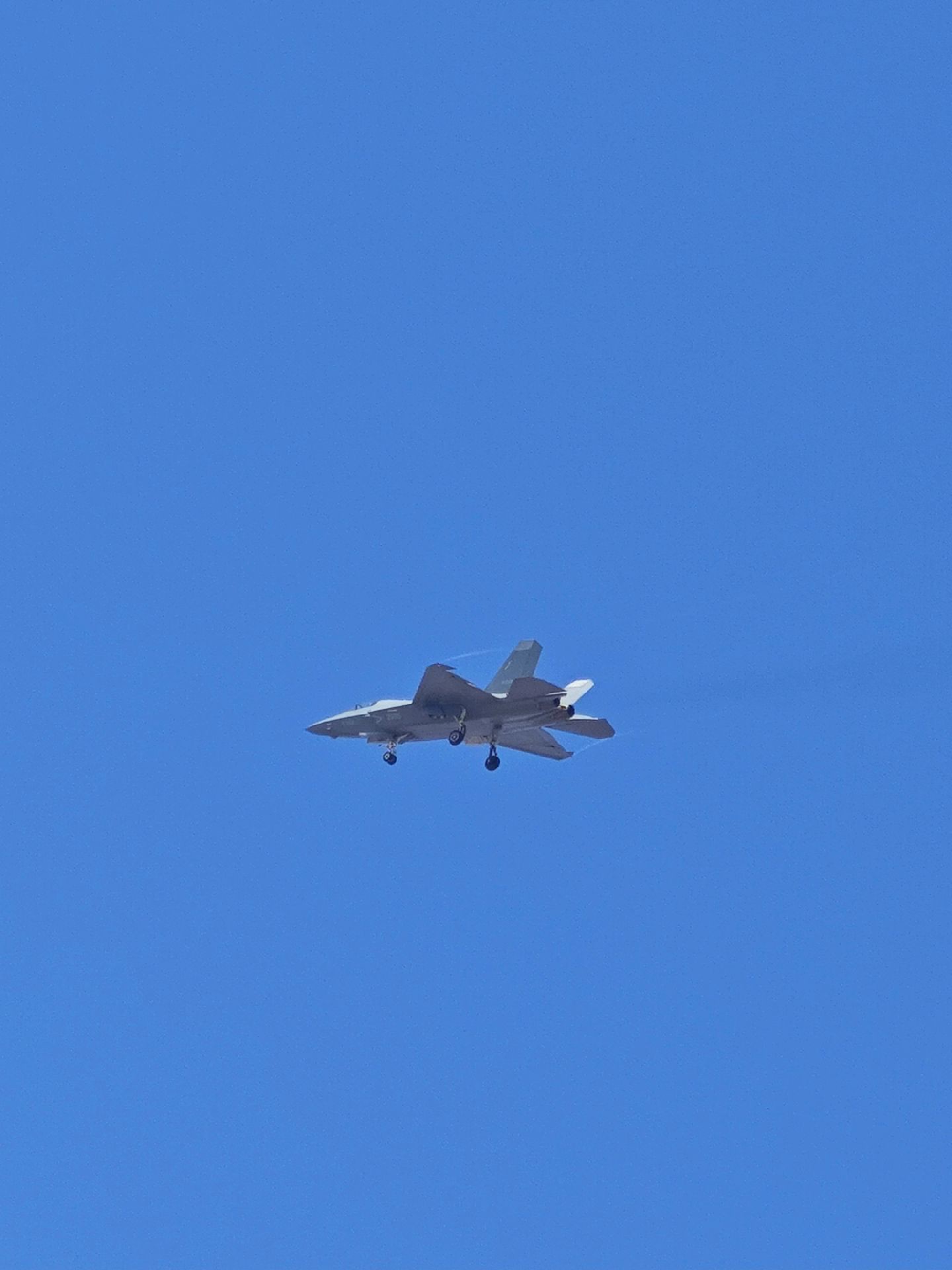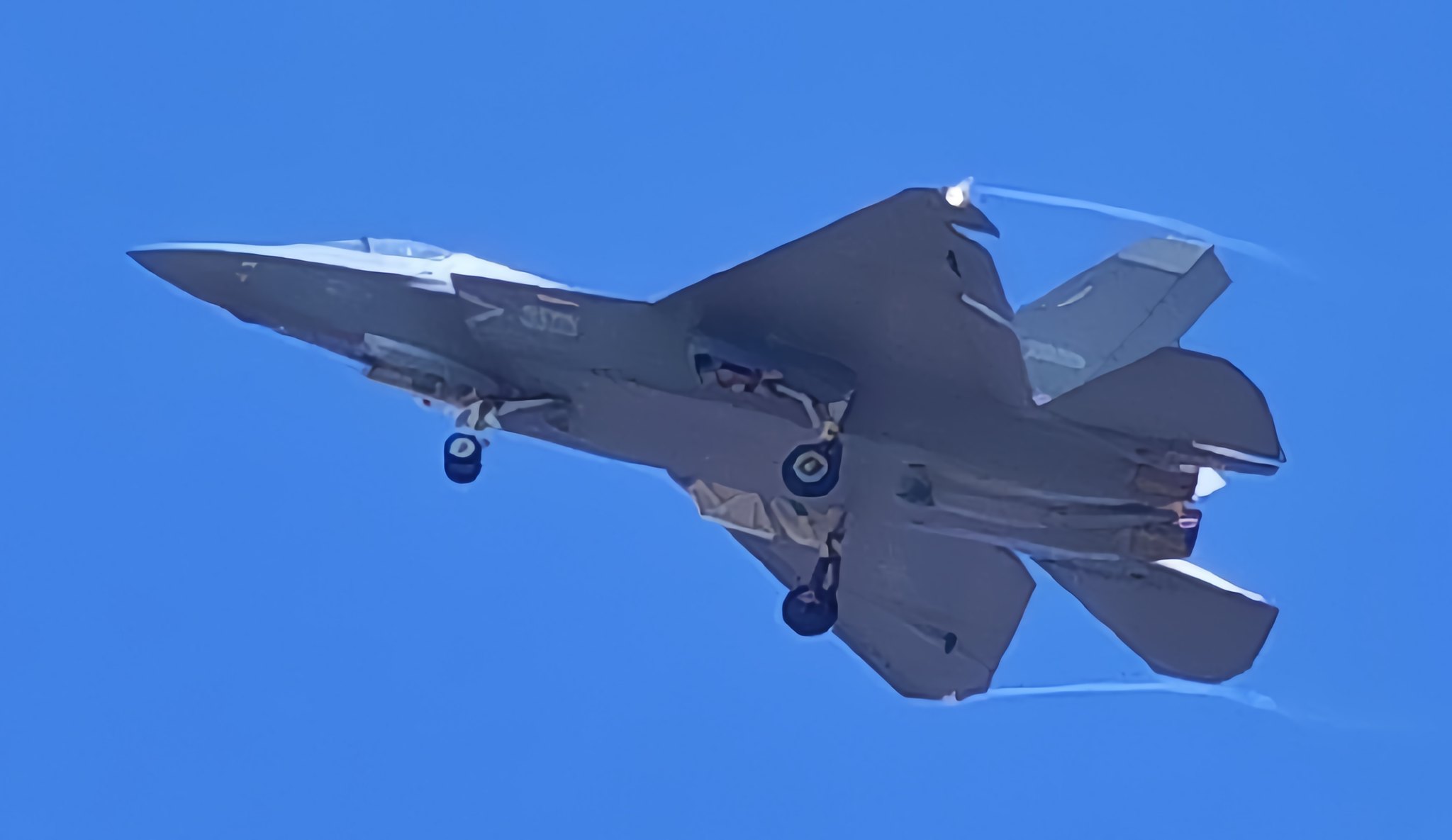The F-22 has it, although I'm not sure of the exact reason, as it's the only aircraft in service to have 2D TVC.
The F-22 has them because they have certain benefits over axisymmetric nozzles.
1. A fighter jet without TVC would have to deflect the elevators while cruising to provide pitch stability. This causes a change in the plane's geometry as well as possibly exposing the specular reflection regions hiding behind the elevators, potentially introducing unintended radar reflection back to the emitter. The F-22 nozzles eliminate this issue by providing pitch stability through thrust vectoring while the elevators remain in their neutral position during supercruising.
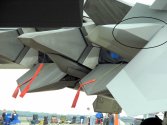
2. The simpler nozzle geometry scatter radio waves in less directions than the axisymmetric nozzle designs would, reducing the likelihood of detection via integrated radar systems.
3. The increase in pitch authority increases survivability.
4. Flat nozzles in their F-22 configuration provide conditions for considerably lower drag.
The center tail section on the J-35 doesn't quite match the profile of the nozzles and because of the gaps on the sides as well as the sharp corners of that section, there is a degree of interference drag. This is mitigated on the F-22 as the shapes of the tail and nozzle are tailored to a perfect match.
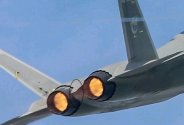
On the J-20, the center of the fuselage behind the weapon bay converges from the top and bottom between the engines to terminate at a sharp point between the nozzles. This this convergeance is far less aggressive on the F-22 reducing the wetted surface area and airflow redirection, resulting in lower form drag as well as skin friction drag.
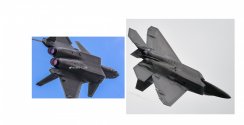
Because supercruising does not require afterburning, the nozzles are contracted. This is not ideal in the case of axisymmetric nozzles, the petals form a sharp bend and increase drag, yet on the F-22, the contracted position is the ideal position, which means lower drag.
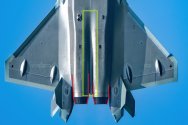
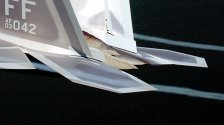
Lastly, thrust vectoring reduces drag due to the fact that it reduces or eliminates the need for elevator deflections up to a certain point.

